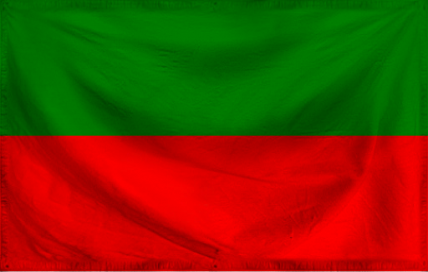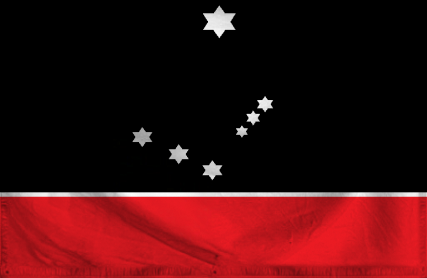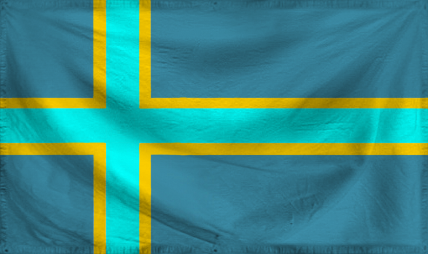What is the usual temperature and humidity range? What part of the world is it in? If it spans many climates, then what are they for each region?
The usual temperature range is from around 20'C to 30'C at 70% to 100% humidity for much of the country, as its located in the tropical zone near the equator, so it's environment resembles that of Singapore or Indonesia.
Does YN experience the four temperate seasons (spring, summer, autumn, winter) or the two tropic ones (wet, dry)?
Imarssia experiences the two tropic seasons as it's just north of the equator, near to Papua New Guinea and The Philippines.
What are the health effects of this, if any?
It can sometimes be dangerous to do strenuous activity outside, especially if unfit or elderly, as it can lead to heatstroke, and be sure to have extra sunblock, especially if you're White.
It also has the wider societal effect of people being more introverted, preferring indoor activities, and being more active at night.
Are there parts of YN where climate control is necessary? If so, what types are commonly used? How affordable and available is it?
The vast majority of the nation requires it to be comfortable or healthy if exerting yourself during the day. This is of course in the form of air conditioning but a simple fan + a dehumidifier is an option for those who lack access or cannot afford aircon. Fortunately, electricity is very cheap here due to plentiful hydropower capacity and waste-to-energy generation, so its not uncommon for the cooling to be left on all night despite guzzling electricity.
- Code: Select all
[b]What is the usual temperature and humidity range? What part of the world is it in? If it spans many climates, then what are they for each region?[/b]
[b]Does YN experience the four temperate seasons (spring, summer, autumn, winter) or the two tropic ones (wet, dry)?[/b]
[b]What are the health effects of this, if any?[/b]
[b]Are there parts of YN where climate control is necessary? If so, what types are commonly used? How affordable and available is it?[/b]






